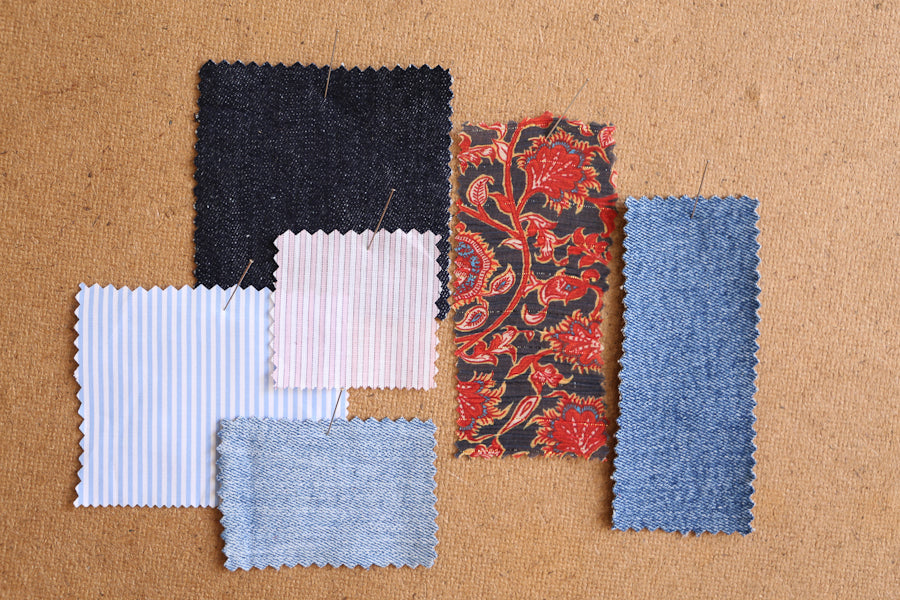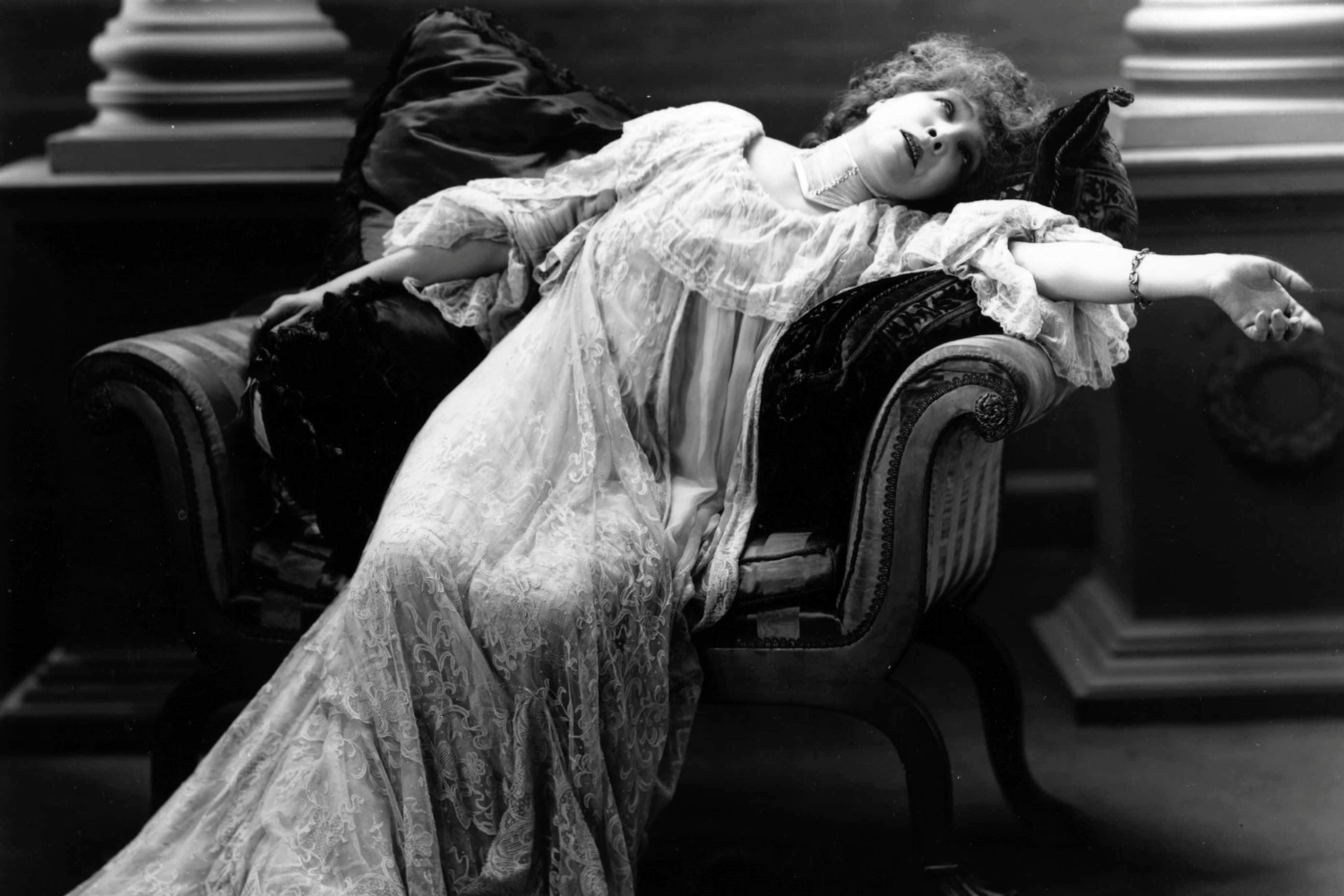Today, let's delve into the extraordinary world of a woman who, despite her petite stature, dominated stages the world over: Sarah Bernhardt, a true theater legend.
Born on October 22, 1844 in Paris, Sarah Bernhardt, whose real name was Henriette-Rosine Bernardt, dazzled the world with her talent, determination and undeniable charisma. Her atypical career, marked by success and daring, remains a great source of inspiration.
Sarah Bernhardt transcended her petite stature to become an artistic giant, pushing the boundaries and opening up new possibilities for women in show business.
A childhood shrouded in mystery
Without hesitation, she leaves her gloomy past behind. A painful past with a mother who was never present, a father whose identity she was never told, and the loss of her birth certificate. These factors give way to numerous rumors and stories, fed by Sarah's daydreams, which she prefers to recreate rather than remember.
An enlightened rise on the Parisian scene
Sarah signed a contract with the Odéon theater in Paris. She played the role of the Queen in Ruy Blas so wonderfully that Victor Hugo, the play's author, nicknamed her the "Golden Voice". This success enabled her to be recalled by the Comédie Française, where she went on to shine in such memorable plays as "Phèdre" and "La Dame aux Camélias". Sarah Bernhardt enjoyed dazzling success right from her debut on the Parisian stage. Having taken fencing lessons in her youth, Sarah was also capable of landing male roles such as Hamlet. Her captivating voice, stage presence and ability to play a variety of roles soon earned her national renown.
A life of independence and glory
Just when everything was looking up in Paris, Sarah resigned to set up her own company. In 1880, she left France without looking back to make her fortune abroad, becoming the first "international star". This choice was crowned with success, as Sarah Bernhardt went on a triumphant tour of five continents, helping to promote the French language abroad. She performed in London, Copenhagen, the United States, Peru, Chilli and Russia. She was even invited to perform in Australia, and became one of the very few French artists to have a star on the Walk of Fame. Jean Cocteau coined the expression "Monstre sacré" ("Sacred Monster"), which perfectly defines her glorious career.
On her return to France, Sarah Bernhardt resumed directing theaters and enchanted the whole of Paris. A pioneer in the "corporeal" vision of acting, she was as much appreciated as she was criticized for being too erotic. Le A "Sarah Bernhardt Day" was organized in her honor, with a hymn dedicated to her. A veritable emblem, her silhouette inspired fashion, the decorative arts and Art Nouveau. Her partnership with Alfons Mucha, who designed most of her posters, gave a new lease of life to Sarah's career. A comedienne and then actress, she also appeared in a number of silent films in the early days of cinema.
A sick and committed woman
Suffering from tuberculosis like her sister Régina, Sarah had her right leg amputated in 1915 following a dislocation that had never been treated. Sarah found herself unable to move about, but she was far from feeling sorry for herself. She continued to perform seated and refused to wear a prosthesis. She regularly visited the Poilus at the front in a sedan chair, earning her the nickname "Mère La Chaise". This infirmity was never a source of sadness for Sarah, who preferred to turn it into self-mockery.
This illness does not prevent her from being a woman of many ideas, and from championing causes close to her heart, such as children's education and the improvement of living conditions for artists. Committed to numerous charities and humanitarian causes, Sarah works for good. During the Dreyfus Affair, Sarah showed her support for Emile Zola and denounced the death penalty as an act of cruelty.
An immortal influence and legacy
It was in the middle of the shoot that Sarah, a true tragedienne, died of kidney failure; her passion and her life merging until her last breath.
Her exceptional career has left an indelible mark on the history of theater. Sarah Bernhardt transcended her petite stature to become an artistic giant, pushing the boundaries and opening up new possibilities for women in show business.
She perfectly embodies the spirit of determination and audacity that characterizes the modern woman. At Petite and So What, we celebrate this icon who proved that greatness is measured not just in centimeters, but in courage, passion and determination.











Comments
An excellent summary of this fascinating life, thank you.